The Power of a Product Label
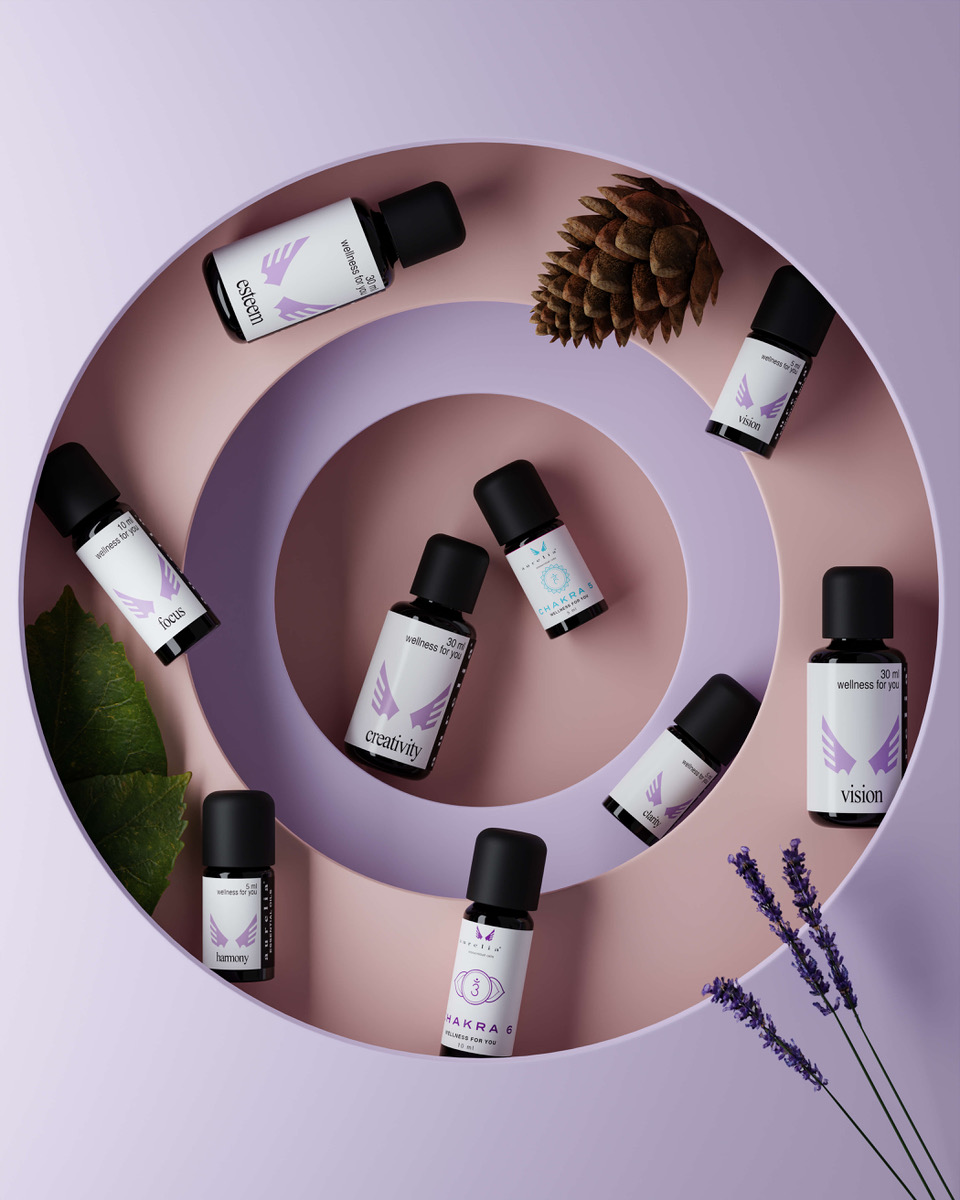
So, what’s the best material to use for a label? Paper? Fabric? Recycled plastic? Something else? And what exactly makes a good label a good label? Of course, being beautifully designed and attractive is very important. However, just as important, if not more so, is the quality of the information on the label.
Can It Be Recycled or Reused?
A good label allows the customer to know exactly what is in their food or product, how healthy or unhealthy it is, and whether the product contains something that might cause an allergic reaction. Answers the customer’s concerns about the quality of the ingredients (natural rather than manufactured). And of growing concern: is it made with respect for the environment? Can it be recycled or reused? In fact, 85% of shoppers say that their decision to buy a product is informed by reading a product’s packaging while they’re shopping. We should never underestimate the power of promotion and marketing. Consumers can be attracted by brightly colored labels and end up purchasing a product. A unique label will help a product stand out on the shelf. For example, if other brands in a particular category use clean white tasteful design, then it’s smarter for a new brand in that category not to use clean white tasteful design.
What’s in Store for 2023?
So, what’s in store for 2023? What label trends should we be looking out for? Using a timeless typeface is never a bad place to begin. Look what iconic typography does for CHANEL or Christian Dior, unchanged and yet always up to date.
Nature is a good source of inspiration; its subtle and sophisticated colors continues to appeal to both designers and customers. For a selection of beautiful examples head over to our Inspiration Page.
The spirits industry also provides refreshing, exciting and new ideas for design. Here you will find a great eye for detail and perfect examples, blending large and small typography. And new printing technology making more possible. For example, the more extensive use of metallic colors.
Many experts in the design business are predicting that 2023 will see a revival of the psychedelia of the 1960s. The heady days of peace, love and happiness. Beats the last few years we’ve all experienced with the coronavirus and now the cost-of-living crisis! That may also explain why we have seen the adoption of secure (trustworthy) package design. Both companies and corporations are improving the information on their packaging in reaction to the fact that more people worry about their health and well-being.
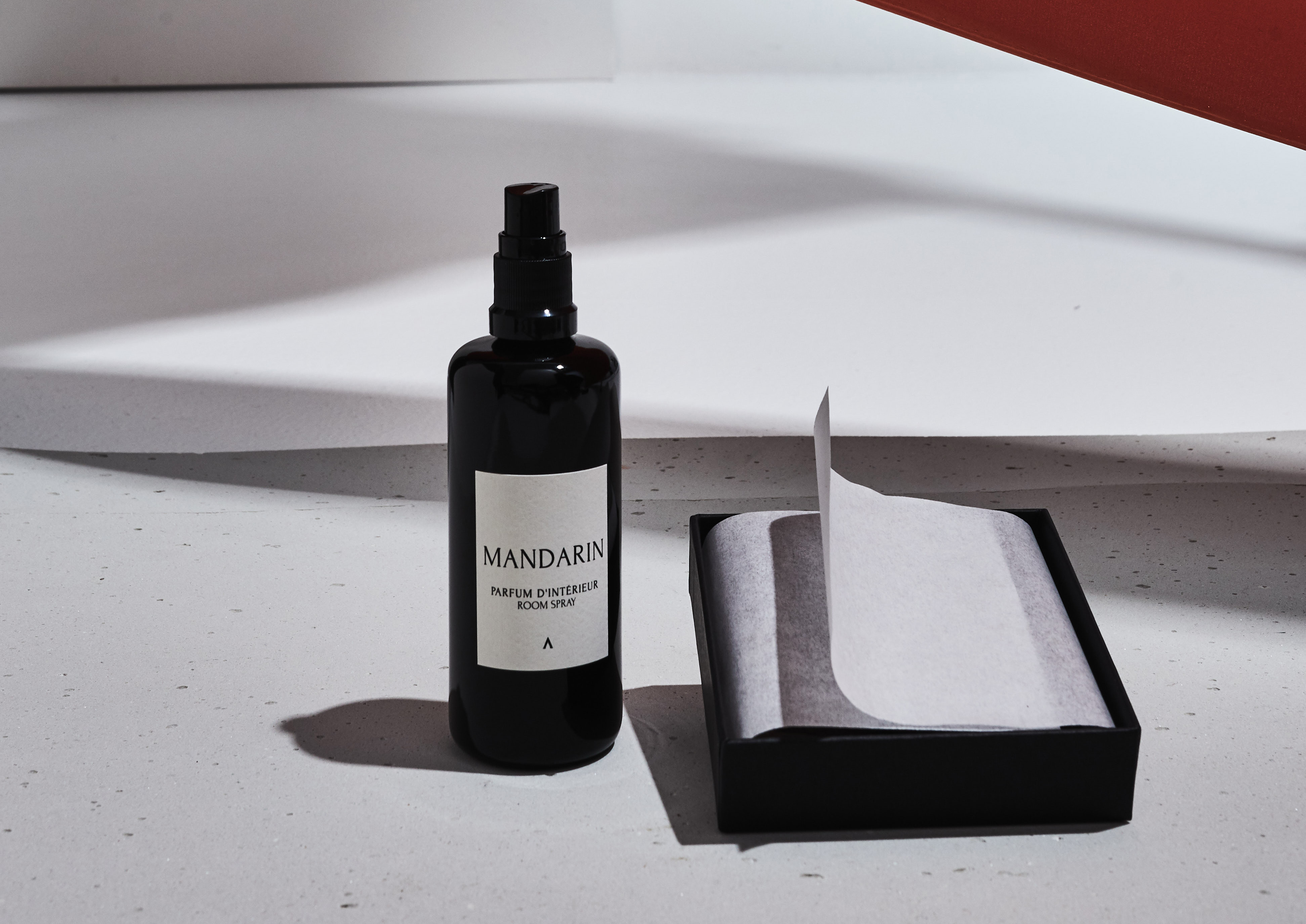
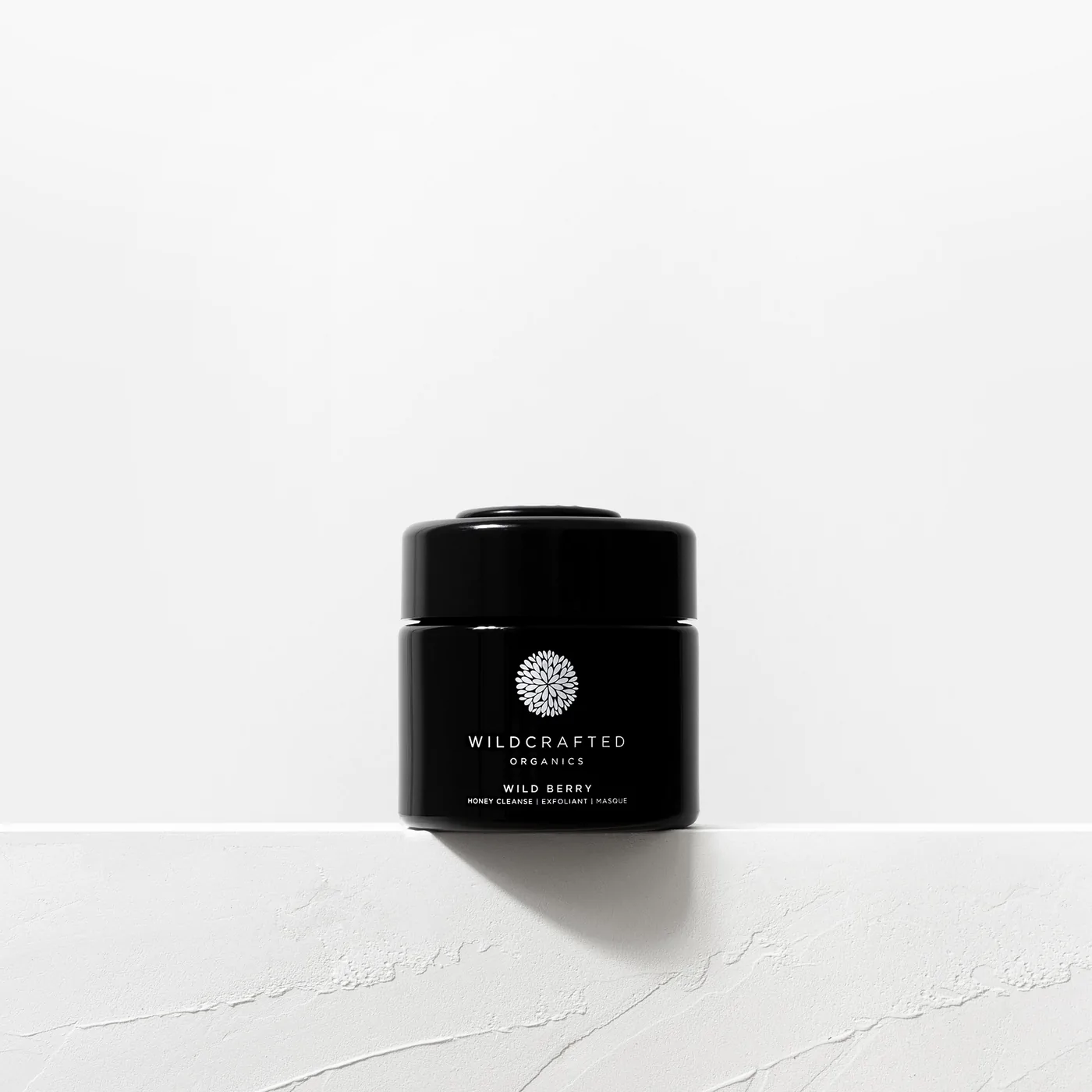
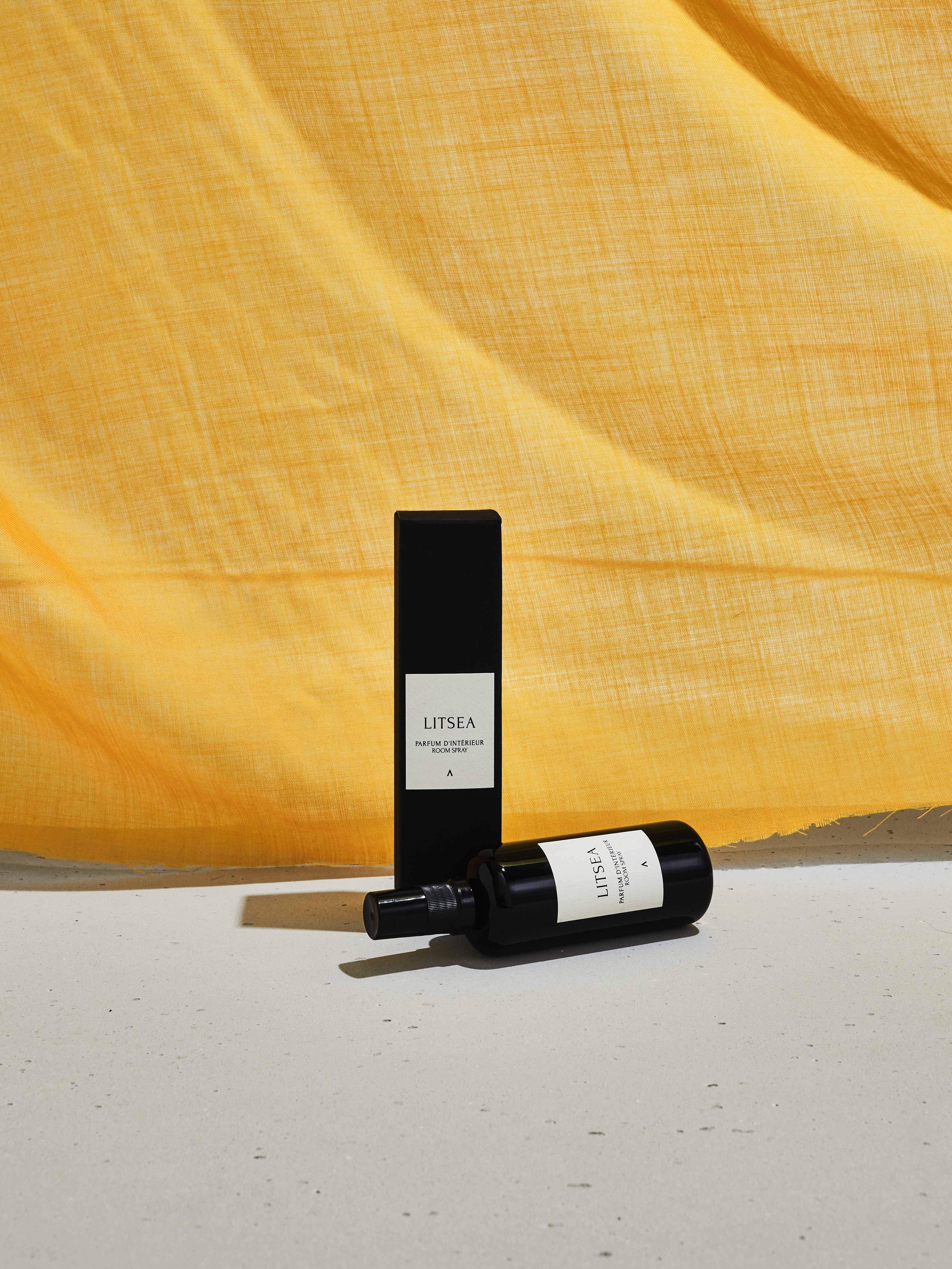
QR Codes Are Revolutionizing the Packaging Industry?
Informative packaging offers peace of mind, but it doesn’t have to be plain and dull. Beautiful design can be informative. Truth be told, the combination of both is the recipe for success. It looks as good as it works. Many brands have so many good things to tell, but at the same there’s only so much you can say within the limited space of a label. That’s why so many brands are including a QR code in their labelling.
QR codes have revolutionized the packaging industry. Practically, using a QR code makes it possible to provide a wealth of additional information, while freeing up space on the packaging. To share nutritional facts, reviews, the story of the brand and even videos. QR codes reinforce trust and improve brand perception significantly. For example, in all aspects of transparency. Letting customers know about the origin of the product, all the steps involved in its manufacturing, logistics and ingredients.
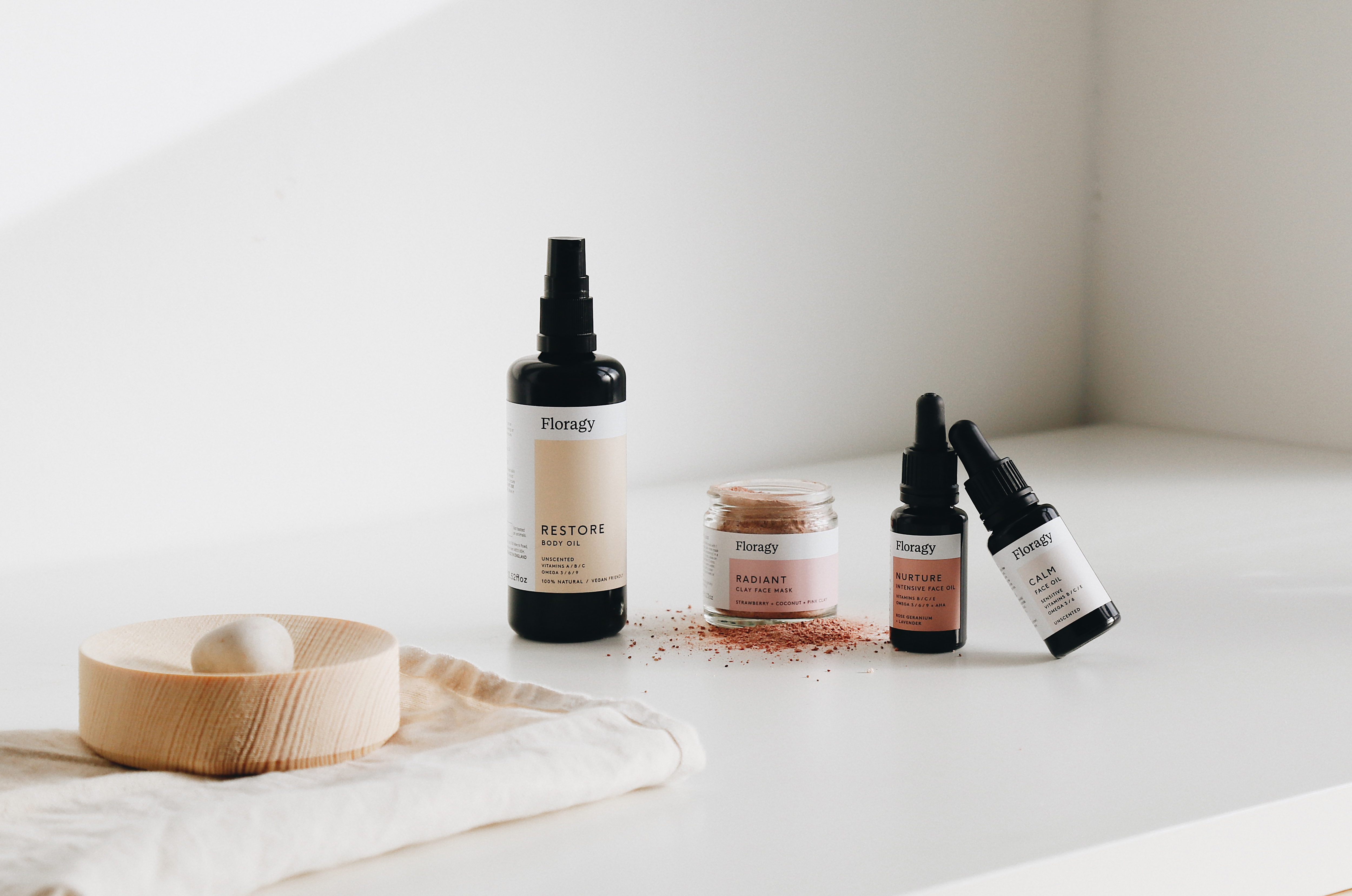
MIRON’s Violet Glass Excels
A product and its labelling should be as sustainable as possible. The same applies to the packaging itself. That’s why more and more companies are returning to one of the most sustainable materials on Earth. Glass. It’s endlessly recyclable and reusable and made from plentiful natural resources. Sustainable is also about preserving products for longer, and that’s where MIRON’s violet glass excels. Providing a longer shelf life than plastic, aluminum and any other glass. How? It’s a combination of science and the natural qualities of our glass. Absorbing beneficial rays of sunlight (ultraviolet and infrared rays) while deflecting the harmful rays, like visible light.
Practical is one thing, beautiful another, our violet glass combines the very best of both worlds. Over the years, we have worked together with hundreds of clients worldwide. The examples included in this article (Inlight, Namari and Twelve Beauty) are just a small selection of a broad portfolio that we are truly proud of.
